Today was a terrible day in terms of weather in Hong Kong. For the first time in five years, the Typhoon 10 signal was hoisted, which meant that winds passing Hong Kong exceeded a speed of 118 km/h. Typhoon Hato caused these winds, blowing up north from the South China Sea. The situation was much more tragic in Macau, since three people were killed as a result of the incident and the entire city seems to be out of power, though we still received some shocking videos this morning, and one person seems to have passed as a result of being pulled into the sea by huge waves.
Obviously that’s bad news on the airline front, and most flights out of Hong Kong were canceled or delayed for a significant number of hours.
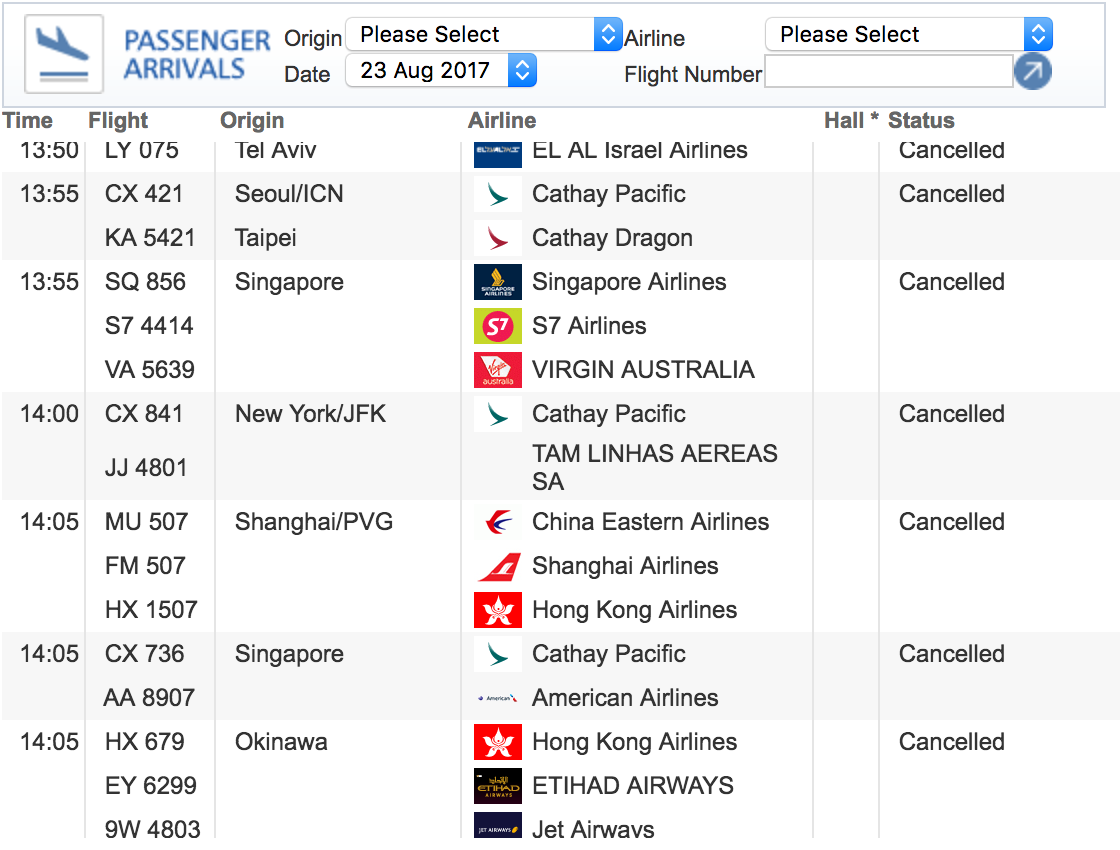 Flight Cancellations at Hong Kong Airport
Flight Cancellations at Hong Kong Airport
I’m not sure if I can add value to this, but I have to post this story as it’s interesting. During the height of the storm at 10 AM this morning, a KLM 747 from Amsterdam touched down in Hong Kong.
The 747-400, with tail number PH-BFR, seemed to have a rather rough landing at Hong Kong. According to German news reporting site RTL Nieuws, the storm broke right after the 747 landed in Hong Kong. The same site also says that the plane had enough fuel to fly for 90 more minutes, so they could have diverted, but apparently the pilots decided it wasn’t needed.
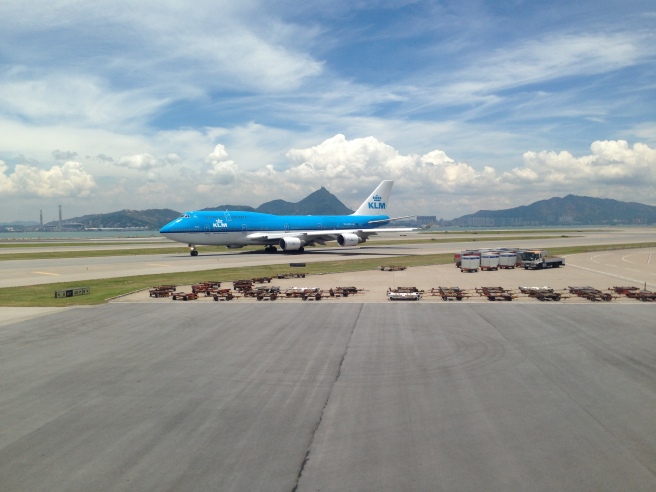 KLM Boeing 747-400 Hong Kong Airport
KLM Boeing 747-400 Hong Kong Airport
The flight seemed to have a wonky flight path upon arrival into Hong Kong as they were avoiding terrible weather, with extreme storm cameraman Jim Edds commenting “this is nuts!”.
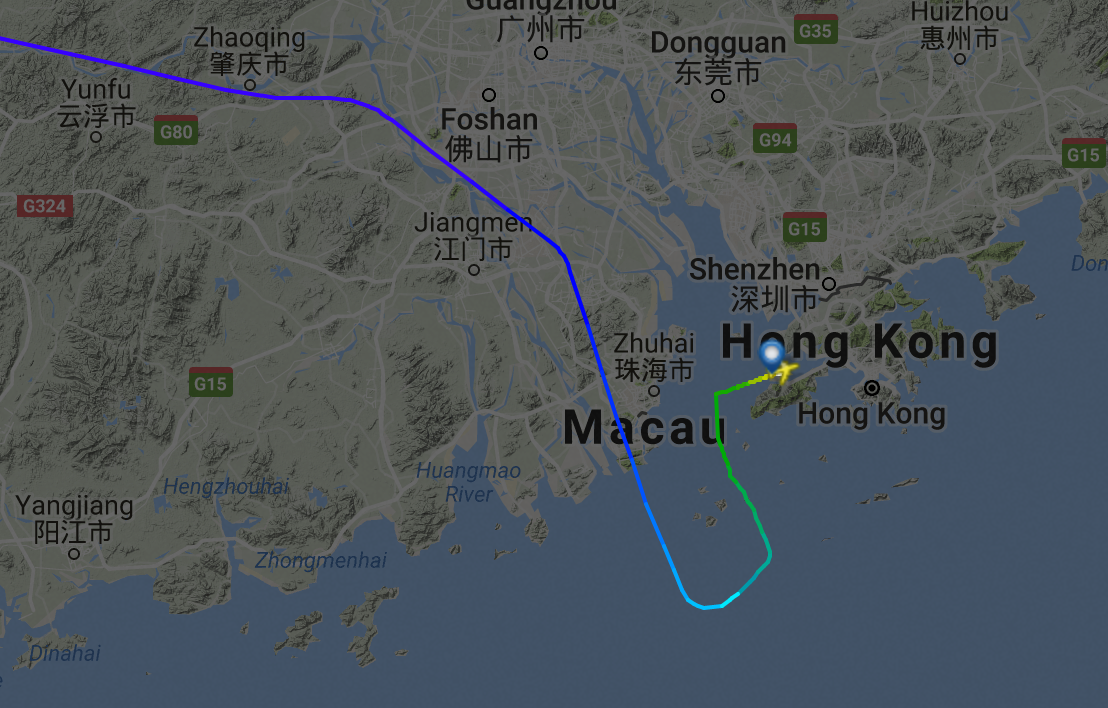
I do have a few questions:
- Why did the KLM 747 decide that it was safe to land, while 400+ other flights cancelled or delayed? Clearly I respect the pilots’ decision as they’ve had much more experience, but it just seems perplexing, especially since they had enough fuel to divert to many more airports in China…
- Is KLM used to pushing it during landings? In Hong Kong alone, KLM injured nine people by landing in Hong Kong due to severe turbulence (which sent people without seat belts crashing into the ceiling), and just a bit over a week before that, they had to go-around during bad weather after a China Eastern A321 skidded off the runway
An Ethiopian 787 also tried to land into Hong Kong, though ended up diverting to Xiamen.
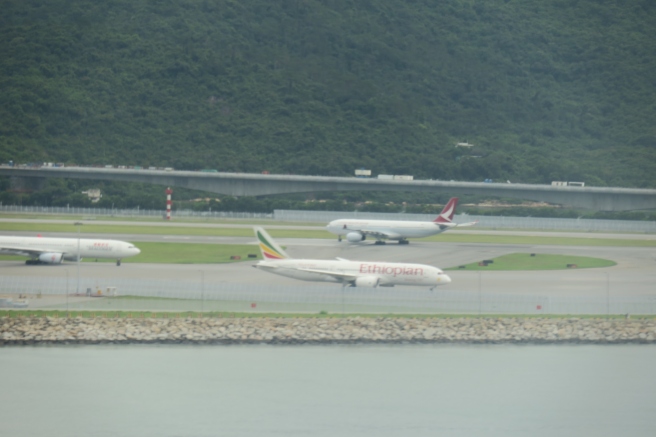
Bottom Line
The airline industry is hard, especially when it comes to aerospace engineering and when pilots try to make the best decisions inflight. I’m glad that the flight landed safely, as it’s clear that the situation could have been much, much worse.

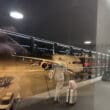
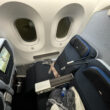


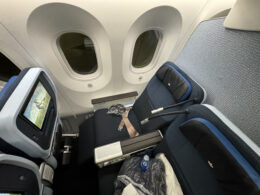


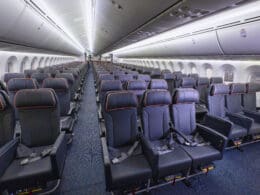
Nice post, Alvin! An airline I know that pushes for flights to depart & land as usual is EVA Air from Taiwan. It has sparked various controversies regarding the safety and comfort of passengers while attempting and aborting landings, as well as crews’ rights during typhoon storms. Taiwan faces many typhoons every year, and EVA seems to be the least cautious, being the only airline to operate when all other flights are delayed or cancelled!